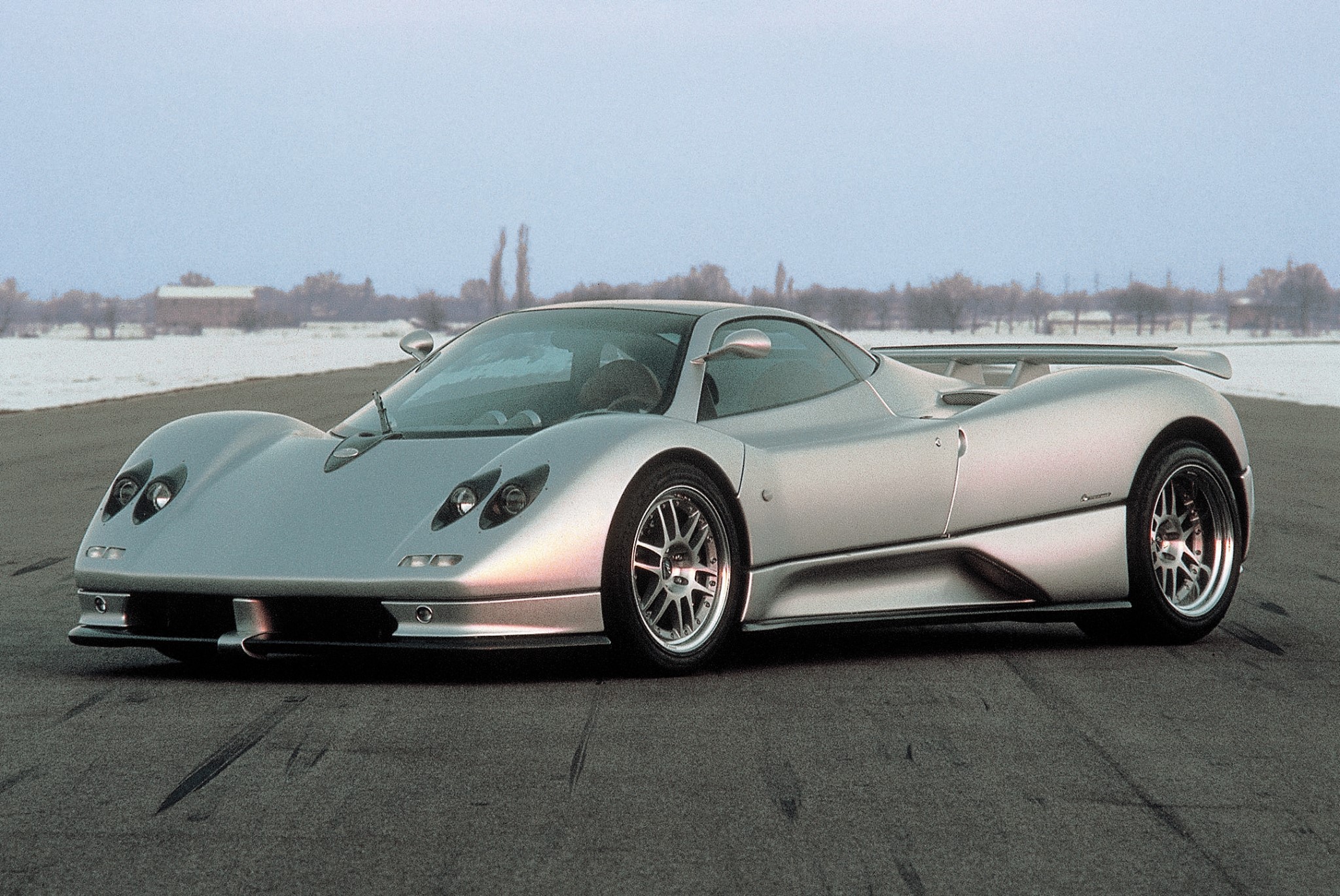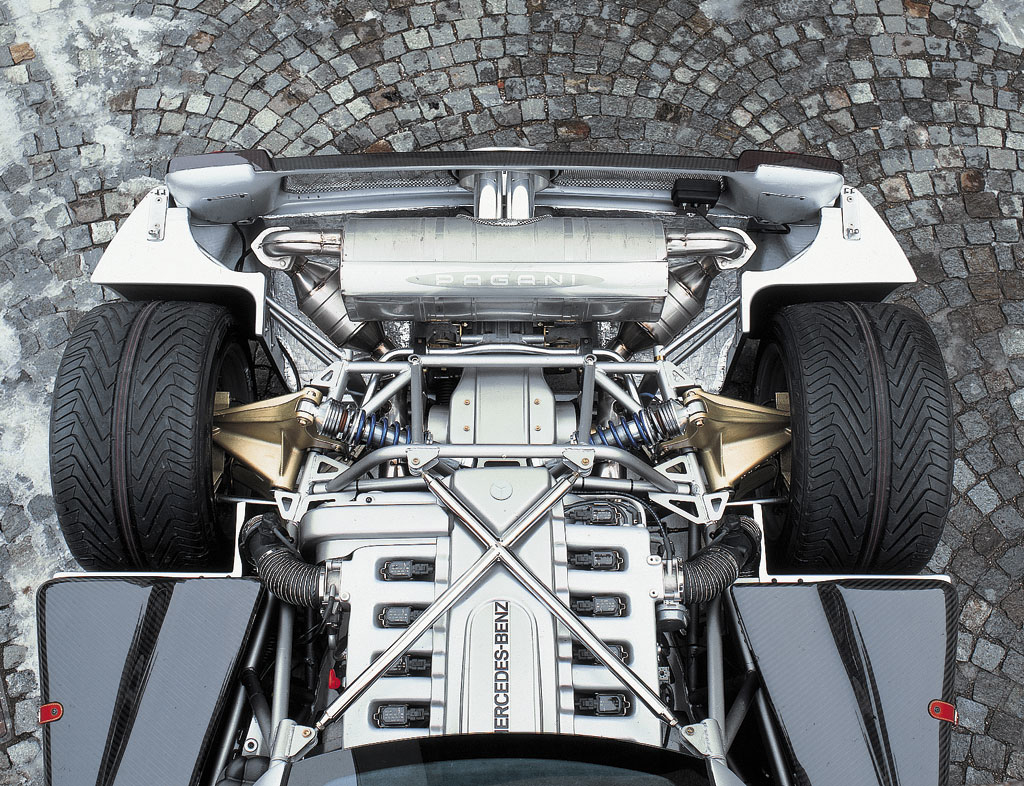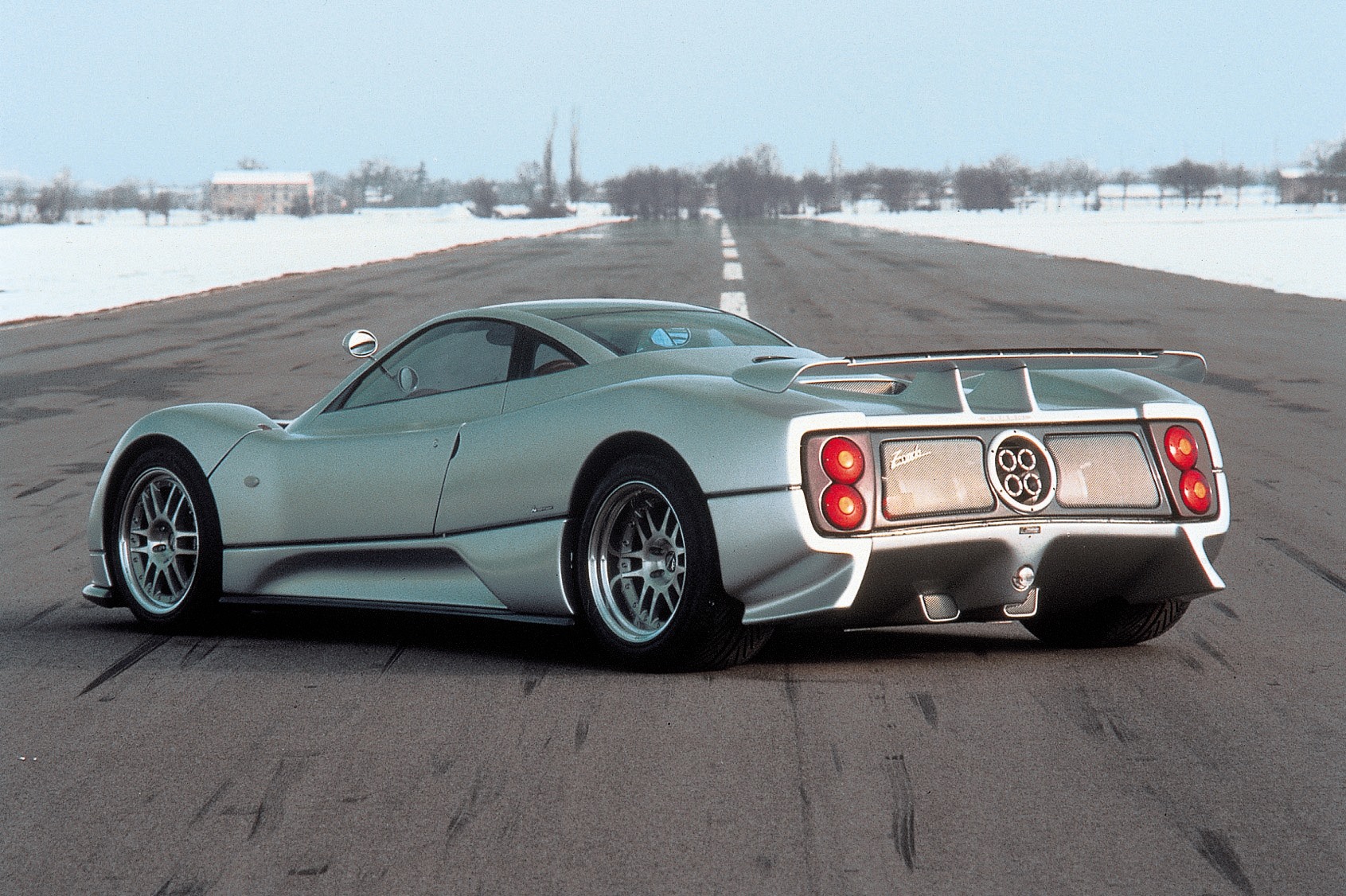Zonda, the first time of a winning wind
Photo Credit: Wheelsage
To fully understand the genius of Horacio Pagani, an Argentinian who resettled in the Italian Motor Valley, you need to go way back to 1986 during his time as head of the Composite Materials department in Lamborghini, where he conceived the prototype of the first road car made entirely from carbon fibre: the Countach Evolution. But Oracio had other things in mind: in the early 1990s he founded Pagani Composite Research and Modena Design, where he developed cutting-edge materials for manufacturers such as Renault, Daihatsu, Ferrari, Aprilia and Dallara. Nevertheless, Horacio Pagani had a second job at night, something that was more than a dream: the project with the acronym C8, which would very soon be nicknamed “Fangio F1”, in honour of his great friend Juan Manuel Fangio. A life-changing friend: the Argentine legend who managed to claim no fewer than five Formula One world championships, introduced Horacio to the board of Mercedes-AMG, paving the way for the supply of engines needed for the cars he had planned to build. In 1998 the final prototype of the C8 project was made, which was visually inspired by the “Silver Arrows”, those of Fangio’s era that ran in the Sport category.

The following year, the C8 was presented at the Geneva Motor Show under the final name of Zonda, a wind blowing in the Argentine pampas. The C12, this was its acronym, was characterized by the extensive use of composite materials for both the chassis and the body to ensure rigidity and lightness to. Equipped with the Mercedes-Benz M120 6-litre, V12 engine producing 394Bhp and 550Nm of torque, the C12 was capable of reaching over 330 Km/h and register a 0-100 km/h acceleration time of just over 4 seconds.

In all, only five C12s were produced, one of which was dedicated to crash tests and another used as an exhibition car. In 2017 example number 001 was completely restored thanks to the Programma Rinascimento, the restoration programme designed by a Pagani who was infatuated with Italy and its culture, who was able to return to the car its original splendour thanks to the reconstruction of the original components according to the specifications kept in the archives of Pagani Automobili.
